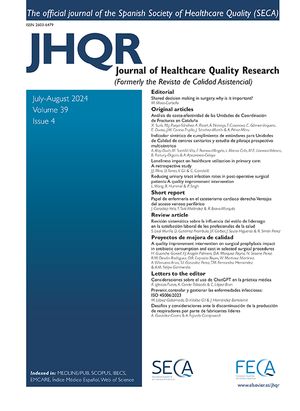La divulgación sanitaria a través de los medios de comunicación tiene, sin duda, aspectos positivos, como el interés por la salud y la mejora de la formación sanitaria de la población, pero también aspectos negativos, como puede ser recibir informaciones optimistas de investigaciones en sus primeros pasos e interpretar sus resultados como realizables en un corto espacio de tiempo. Por tanto, hay luces y sombras, y para que las luces dominen a las sombras es imprescindible una buena comunicación entre informadores y sanitarios.
Internet ha revolucionado muchos aspectos de la vida actual y también en la sanidad, tanto en lo referente a la información general y a los sanitarios como en la intercomunicación entre paciente y médico. Entre las diferentes posibilidades que ofrece, sobresale la llamada “segunda opinión por correo electrónico”. Se puede realizar y es éticamente aceptable, ya que intenta ayudar al paciente of reciendo una información de un experto. No se puede considerar como una verdadera relación médico-paciente. Se recomienda contestar la consulta de forma similar a una sesión clínica, aunque en términos inteligibles para el profano.
The dissemination of health-related matters through the media undoubtedly has a positive side such as the general public’s interest in health and greater knowledge. However, it also has a negative side; reporting of the initial phases of research can be overly optimistic and results can be interpreted as applicable in the shortterm. Therefore, there are both pluses and minuses and to ensure that the former outweigh the latter, effective communication between reporters and healthcare professionals is essential.
The Internet has revolutionized many aspects of daily life. It has also had a huge impact on medical information for the general public and health professionals as well as on communication between doctors and patients. Notable among the many possibilities provided is that of a “second opinion by e-mail”. This is feasible and ethically acceptable since the aim is to help the patient by offering information from an expert. It cannot be considered a doctor-patient relationship. Questions should be dealt with as in a clinical session, although in terms that a layperson can understand.






